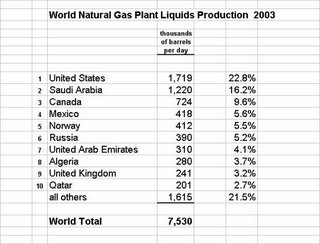GoogleEarth Test
I wanted to try out something new. I've recently discovered GoogleEarth and wanted to see how easy it was to share locations on the internet.
Try this out if you want to see something neat. Go to Google and download and install their free version of GoogleEarth(11MB). The requirements say you will need 400MB free space on hard-drive, 500MHz processor, and 16MB video. Most computers manufactured in last 3 years should have that.
Next, copy and paste the following text into a Notepad(*.txt) document. Save the document like this: change default title of document to Dimona.kml and put quotation marks around it so it is "Dimona.kml"
Notice original name was a .txt file. We want to convert it to a .kml file - this stands for Keyhole Markup Language. Choose the "Save as" type as "all files." Very important. Save this to a place where you can find it. Now just double-click on it and it should take you right to the Negev Desert in Israel.
Can anybody tell me what those black lines in the sand are?
Here's the text to copy-and-paste






